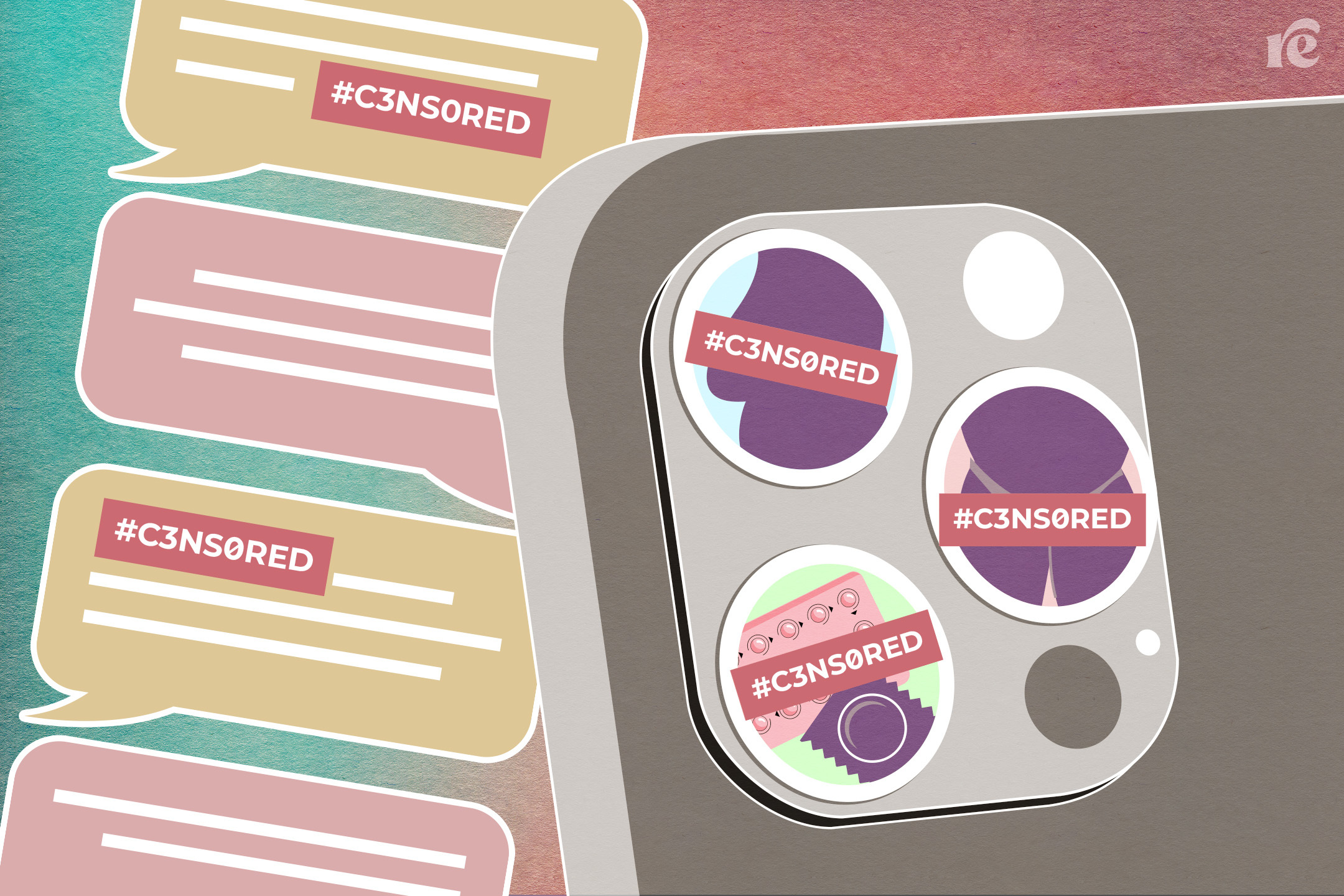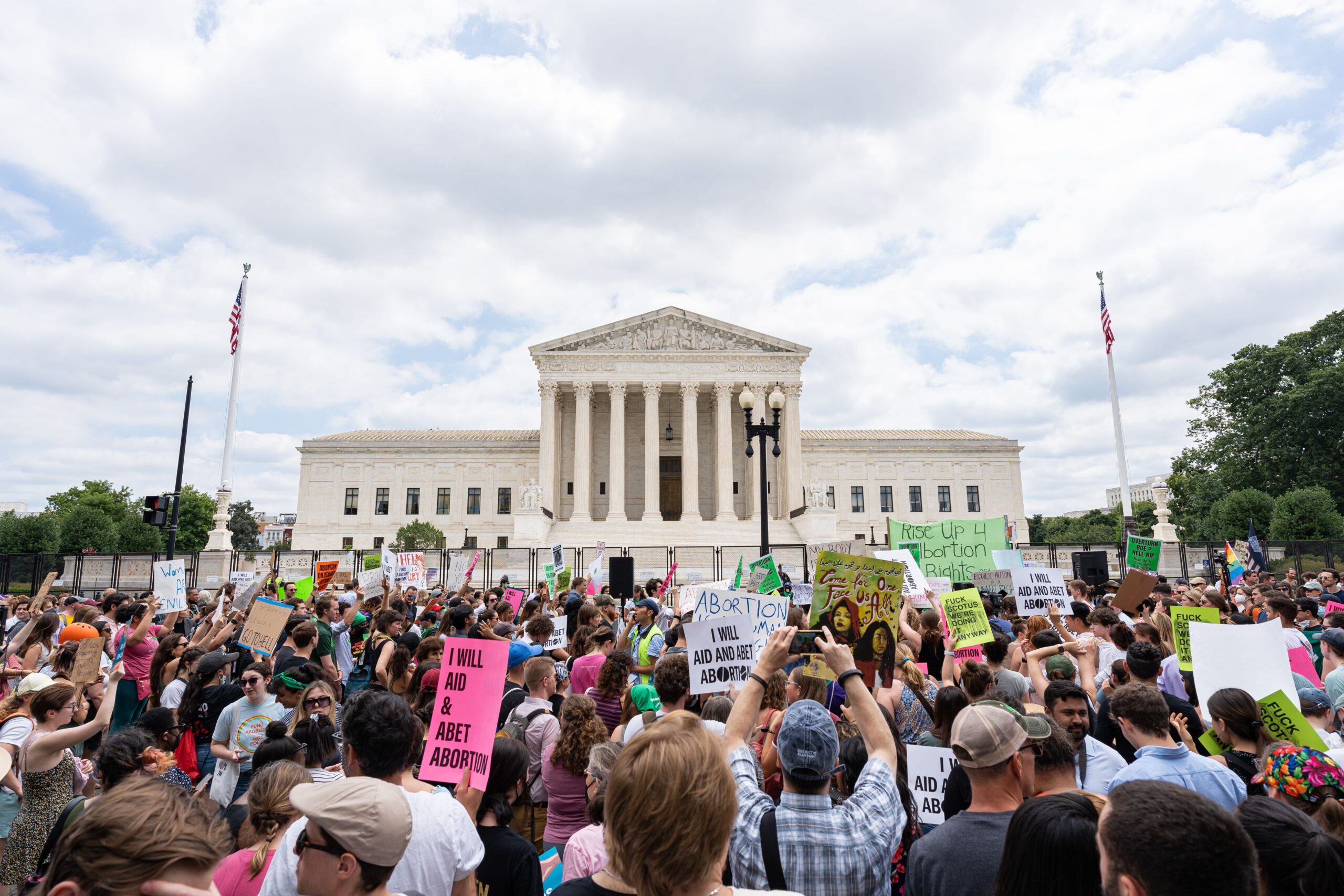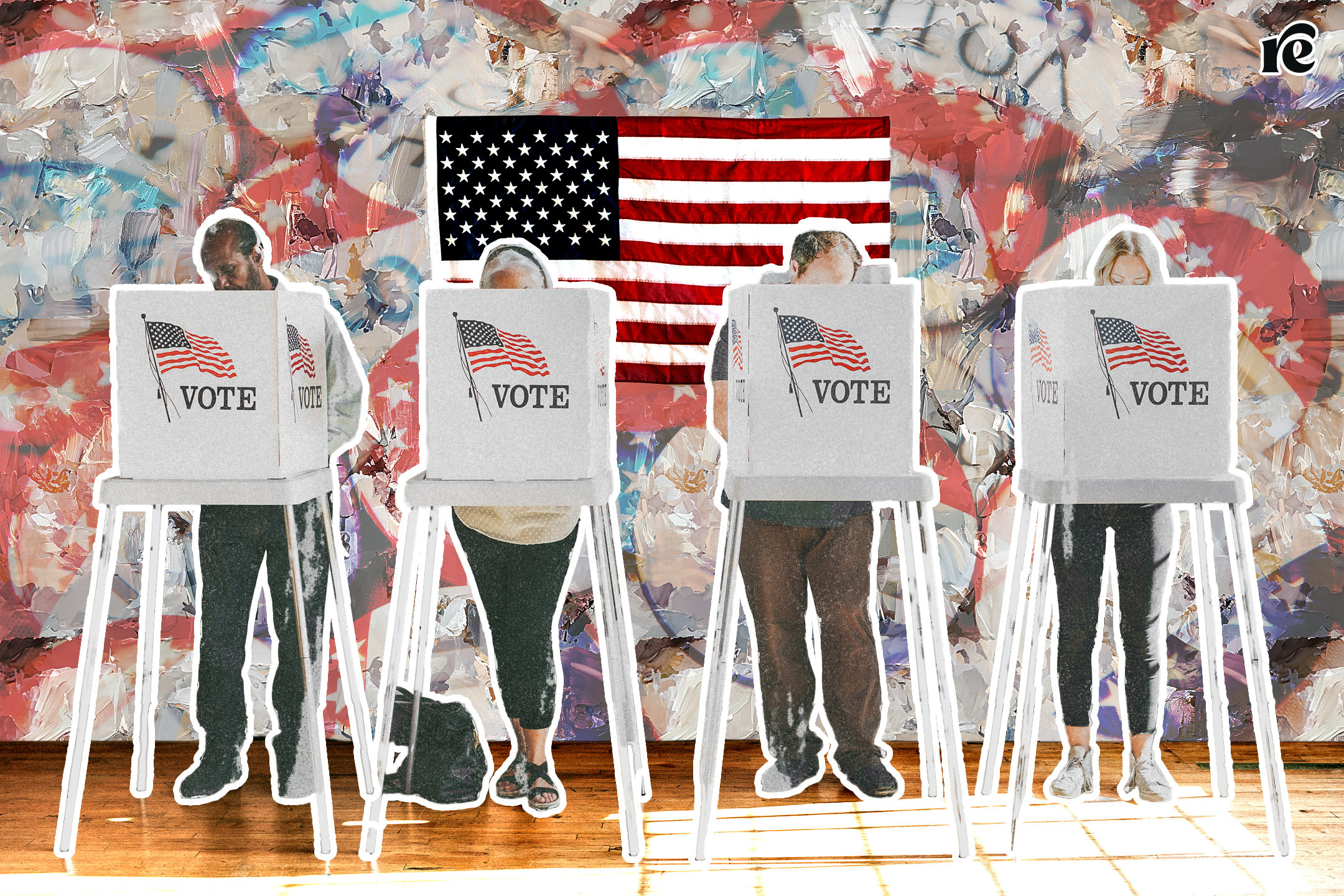With ‘Roe’ Gone, ‘Embryo Adoption’ May Renew Threats to IVF

A number of weeks after the U.S. Supreme Court docket’s 2022 ruling in Dobbs v. Jackson Ladies’s Well being Group to overturn half a century of federally protected rights to abortion, I obtained an e-newsletter from Nightlight Christian Adoptions company. The company’s president penned a press release responding to the ruling. “As survivors of the abortion holocaust,” it started, “a reversal of Roe is the answer to a prayer we have prayed our entire lives in which we have seen one third of our generation perish.” Emboldened by the landmark victory, he used rhetoric frequent amongst pro-life activists to reward the overturning of Roe v. Wade. This was a markedly completely different tone for a publication that didn’t sometimes focus on abortion, however reasonably promoted “life” by way of the observe of embryo adoption.
Because it occurred, 2022 marked 1 / 4 of a century for the reason that company began the Snowflakes Embryo Adoption program—the world’s first of its sort. “Celebrate Snowflakes!” the identical publication exclaimed. “25 years of frozen embryos brought to life!” It featured the story of a white donor couple, pictured holding their two kids, selling embryo adoption as a “blessing.” It additionally listed the names and images of 16 infants just lately born—tallied as a measure of this system’s “celebration of life.” In line with the publication’s regular tenor, the company president praised its “strong pro-life position” for having “pioneered the field of embryo adoption” and “advocated for the personhood of embryos.” The coinciding tales in Nightlight’s publication clarify that opposing abortion rights and celebrating the start of once-frozen embryos have turn into aligned efforts.
The publication landed in my inbox as a result of I had been ethnographically investigating the observe of embryo adoption for the previous 15 years. Embryo adoption is a family-making course of developed by white evangelicals that facilitates the donation of frozen embryos unused after in vitro fertilization (IVF). Promoted by eight applications in america, this observe depends on recipients who’re keen to mother or father any kids born from procedures that switch thawed embryos into their uteruses. Embryo adoption shares many options with what’s extra generally often called embryo donation—a type of assisted replica additionally involving the authorized switch of embryos, labeled as private property, between fertility sufferers for procreative use—however embryo adoption differs in consequential methods. It wields pro-life rhetoric and the necessities frequent in Christian adoption to satisfy its expressed mission of “saving” embryos.
But, a better look contained in the world of embryo adoption reveals how this novel type of family-making advances the ambitions of the U.S. Christian Proper far past abortion rights and promotions of “life.”
Understanding the political prayers of embryo adoption proponents, a few of which had been “answered” by the Dobbs choice, requires returning to one of many earliest moments when the observe of embryo adoption garnered nationwide consideration.
I first encountered embryo adoption by way of media protection in 2005, when then-President George W. Bush put households cast by way of the observe on the nationwide stage. On Could 24, 2005, the president held a press convention that includes 21 kids born by way of the Snowflakes Embryo Adoption program. Throughout Bush’s presidency, he repeatedly gave embryo adoption—its rhetoric, its advocates, and its targets—the nationwide highlight.
On that day in 2005, Bush introduced Snowflakes households to Washington, D.C. to dramatize his opposition to an embryonic stem cell funding invoice that was gaining bipartisan help in Congress. The congressional invoice arose out of mounting nationwide enthusiasm for a pathbreaking know-how that had captured the world’s consideration in 1998. That 12 months, biologist Dr. James Thomson on the College of Wisconsin led a workforce in establishing the primary human embryonic stem cell (hESC) strains made out of donated IVF embryos. This historic feat was funded by a non-public biotech firm due to a decades-long ban on U.S. federal funding for analysis involving the destruction of human embryos. Reviews circulated rapidly about hESCs’ super potential to “save lives” by treating debilitating circumstances like most cancers, coronary heart illness, Alzheimer’s, and spinal wire accidents. Harold Varmusthen-director of the Nationwide Institutes of Well being, advised the U.S. Senate, “This research has the potential to revolutionize the practice of medicine.” Science magazine declared stem cells the “breakthrough of the year.” Scientists lobbied the U.S. authorities to carry the ban in order that the nascent know-how might understand its guarantees, whereas critics decried analysis on human embryos utilizing taxpayer {dollars}. Thomson’s announcement arrived because the presidential election was ramping up, thrusting frozen embryos into the center of high-profile politics.
Histories of this second describe it because the “embryo wars.” In 1999, President Invoice Clinton turned the primary president to formally earmark federal monies for analysis involving IVF embryos. When asserting new funding pointers for hESC analysis with cell strains already created, Clinton commented on its “potentially staggering benefits”: “We cannot walk away from the potential to save lives and improve lives.” From the marketing campaign path, the following administration promised to chart a radically completely different course. Quickly after taking workplace in 2001, President George W. Bush halted federal assessment of hESC grant functions and rescinded the funding pointers. In his first presidential deal with in August of that 12 months, he described hESC analysis as “one of the most profound [issues] of our time.” He expressed a dedication to saving lives, although believed it necessary to steadiness the lives of sick kids and disabled adults with frozen embryos. He then introduced an government coverage limiting federal funding—although not state or non-public funds—to a slim set of some dozen present stem cell strains “where the life-and-death decision has already been made.” He argued that this strategy wouldn’t “sanction or encourage further destruction of human embryos,” which is important as a result of every embryo, “like a snowflake … is unique, with the unique genetic potential of an individual human being.”
On the morning of the anticipated Home vote on laws undermining Bush’s place, he doubled down. The press convention was held within the East Room of the White Home, the place media, supportive legislators, and upward of 80 embryo adoption advocates and their kids—who mobilized to be current inside two weeks’ discover—gathered within the viewers. Behind the rostrum throughout Bush’s remarks stood six white evangelical mother and father—4 moms and two fathers—holding their 5 white kids. Different Snowflakes households and workers, together with Ron Stoddart, the Christian lawyer who cast the primary embryo adoption settlement, and Lori Maze, this system director, appeared on from their seats. Kids on stage sucked their thumbs, held quick to stuffed animals, clapped fortunately alongside throughout viewers ovations, and fidgeted quietly close to their mother and father’ legs. Some within the viewers wore T-shirts stating, “This embryo was not discarded” or donned “Former Embryo” stickers.
Intermittent sounds of youngsters cooing and crying had been audible all through the president’s remarks. “I just met with 21 remarkable families,” Bush started, referring to a meet-and-greet held within the State Eating Room simply previous to the press convention. “Each of them has answered the call to ensure that our society’s most vulnerable members are protected and defended at every stage of life.” He acknowledged the “grave moral issues at stake” within the “complex debate over embryonic stem cell research,” and framed his government coverage (which the congressional funding invoice sought to override) as “advance[ing] stem cell research in a responsible way.” He counseled Snowflakes donors and recipients for selecting a “life-affirming” various to discarding or donating their embryos for scientific analysis, and defined the importance of his company for the nation: “The children here today are reminders that every human life is a precious gift of matchless value … [and] that there is no such thing as a spare embryo.” In closing, he invited all attendees subsequent door for cake to rejoice the birthdays of two “snowflake” kids current that day. A 12 months later, when officializing his first presidential veto of the congressionally authorized funding invoice for human embryonic stem cell analysis, Bush once more invited Snowflakes households into the nationwide highlight to face symbolically behind him and his historic pen stroke.
I missed these press conferences after they aired reside on nationwide tv. On the time, I used to be a novice neighborhood organizer for reproductive rights paying shut consideration to what was then known as the Bush administration’s “war on women.” A part of my job concerned speaking with residents in politically conservative counties within the Pacific Northwest concerning the spate of native and federal actions hindering entry to contraception and abortion. Of the problems I mentioned with folks, starting from Supreme Court docket nominees to laws conferring unprecedented standing to fetuses, the so-called embryo wars—and embryo adoption particularly—weren’t amongst them. Admittedly, they appeared reasonably distant from the frontal assaults on reproductive rights that might earn Bush recognition because the nation’s “most pro-life president.”
Not lengthy after these press conferences aired, I left discipline directing for discipline analysis by way of graduate coaching in cultural anthropology. My purpose was to broaden my skilled talent set for advancing reproductive rights and justice, which stay deep commitments of mine. Studying tips on how to assume anthropologically has powerfully remodeled my understanding of reproductive politics by revealing them to be way more complicated than usually construed in politics and media. From the outset anthropological scholarship inspired me to interrogate easy narratives, reminiscent of the everyday representations of abortion in U.S. politics that forged multidimensional figures and points in black and white phrases. In doing so, anthropology nurtured my curiosities concerning the spectrum of individuals’s lived experiences past binary narratives.
Feminist anthropology, specifically, modeled tips on how to strategy replica as political, which suggests not merely as a organic course of, however as a fabric and metaphoric website constitutive of broad political processes by way of which we will hint how programs of energy work and persist. This framework got here by way of clearly for me in feminist analyses of abortion politics within the Eighties, when debates had been framed by way of rhetoric concerning the standing of fetal life. In speaking to pro-life and pro-choice activists, feminist social scientists discovered that their underlying issues had been truly about altering gender roles within the context of neoliberalism and the shifting place of motherhood in society. Importantly, they confirmed how the politicization of abortion remodeled it right into a strategic image for a spread of political views, by way of which abortion turned way over a medical process.
Uncoincidentally, I first observed the determine of the frozen IVF embryo within the scholarship of a feminist anthropologist—Marilyn Strathern—who took an curiosity in U.S. divorce courtroom proceedings that struggled to categorise embryos as individuals or private property. Turning into interested in how embryos ended up in authorized limbo, I delved deeper into the case legislation, the place I encountered skilled opinions from bioethicists, theologians, and fertility clinicians. I additionally learn concerning the historic circumstances that led to the booming U.S. fertility trade that flourished inside a deregulatory setting identified globally because the “Wild West” of assisted replica. Courts had been burdened with classifying in vitro embryos by way of case legislation with out authorized steerage as a result of the federal government’s distinctively deregulatory strategy to IVF meant that state and federal laws had been largely nonexistent. I took all of this in with acute consciousness that state-based anti-abortion lawmakers had been efficiently passing a whole lot of payments granting personhood standing to in utero fetuses. In such a social, authorized, and political context, I questioned what the fates of frozen embryos would possibly imply for reproductive rights and justice, particularly as IVF embryos turned embroiled in nationwide dramas, as they did on the flip of the twenty first century.






